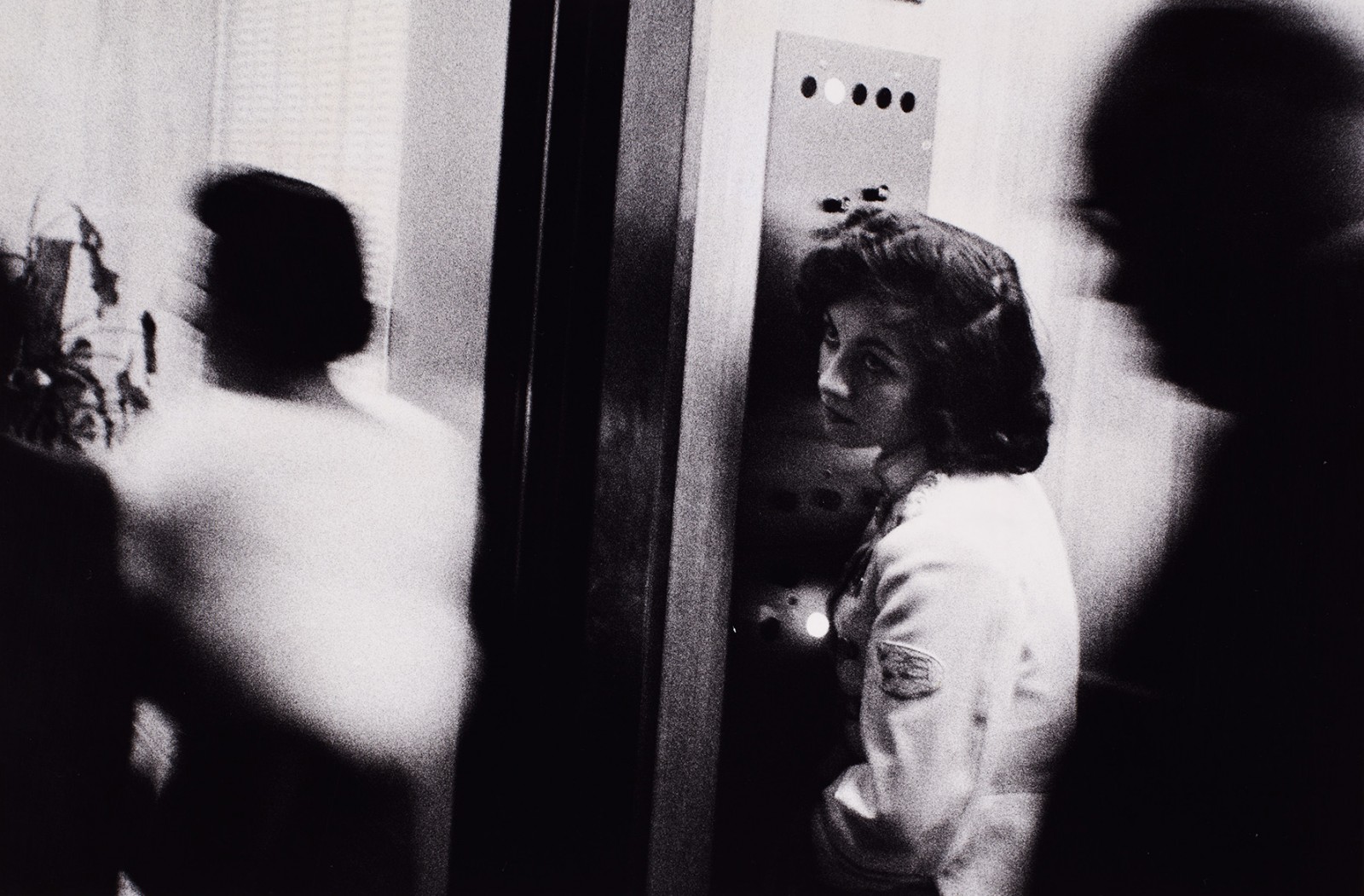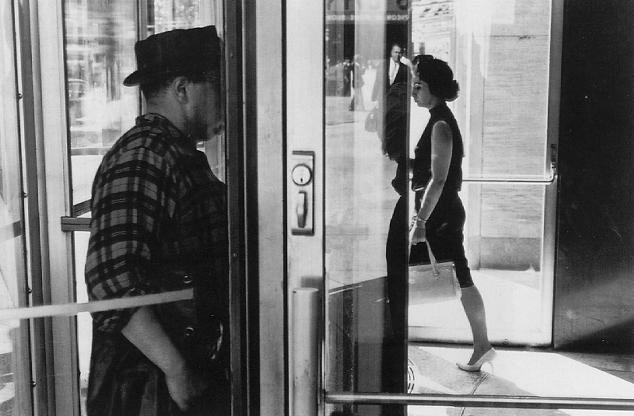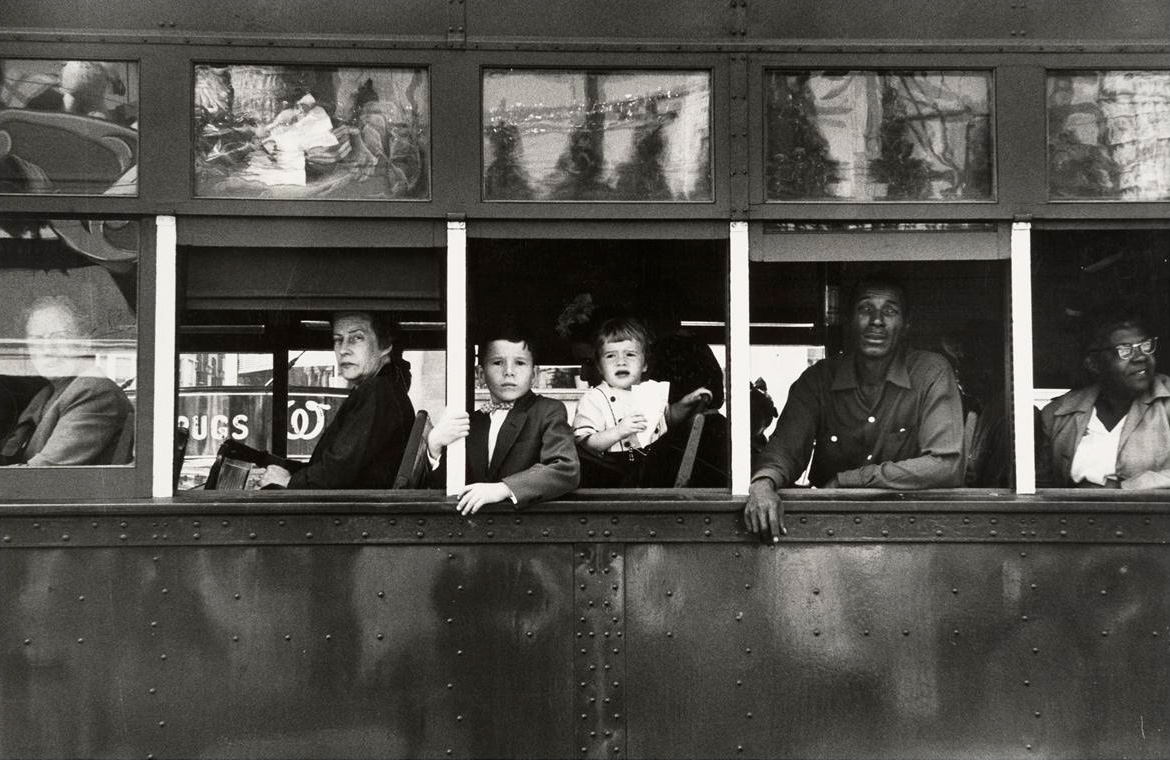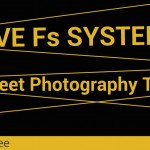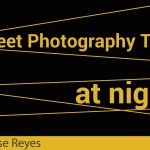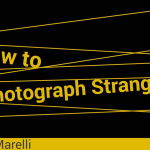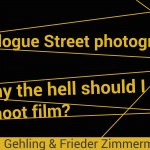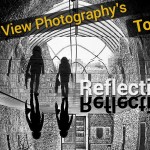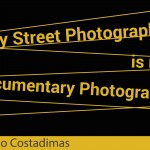The five levels of street photography | street photography tips for editing
Street Photography Tips for editing / selecting images.
Editing is the hardest part of street photography. It is harder than being confronted by strangers or getting lost in the bad part of town or trying to focus manually with the Fuji X100.
Just to clarify, for the purposes of this post, when I say editing I am referring to the process of selecting the images that “make the cut” and discarding the ones that don’t. My decision process when looking at one of my images usually goes something like this: “wow, this one is fantastic!…..maybe not…..well, it could be……ah.. whatever, I’m keeping it….. I guess….not sure…… yes!”. At the risk of discombobulating such a scientific and rigorous process I started to think if there could be a better way to more easily select images that have higher impact and meaning and that will make me feel a little better about my photographs.
Since images have two elements, visual aesthetics and emotional content, I thought it would be good place to start by categorizing the images according to how much of each element it reveals to the viewer. This is important because the first one operates at a more conscious level and the second one aims at the subconscious level. Images that are mostly visual would be categorized in the lower levels because it fulfills the most basic needs of the viewer. Images that have strong content would be placed at a higher level because fulfills deeper needs of the viewer.
Just like Maslow’s hierarchy of human needs, fulfilling the needs at the top has a more lasting effect and is a more powerful motivator. The same thing happens with SP images. Some images fulfill the basic need of providing information or delivering visual/esthetic reward while others are more complex and touch the subconscious part of the viewer eliciting a stronger reaction that lasts longer and makes the viewer come back to it over and over.
Cognitive Friction
The term “complex” isn’t enough to describe if an image will be in the higher level. Complex doesn’t define well the impact of the photograph because we can have a very simple image with a strong emotional content. For example a white wall with one single shadow of a person on it. It is a simple image because there is really only a wall and a shadow but opens the mind to a wide variety of meanings and emotions. Complex might refer to multiple elements and subjects on the frame but that doesn’t necessarily make it more interesting so I had to find a better word or tool.
During this self-imposed and unnecessary quest, I came across a concept that not only will make it sound like I know what I’m talking about but will also add the scientific validation that the whole process is sorely lacking. This concept is called cognitive friction. In the world of interaction design, cognitive friction is defined as“The resistance encountered by a human intellect when it engages with a complex system of rules that change as the problem changes.” Is a common concept in the software development world and it basically means that if on different screens or modes the same button performs a different function, it makes it more difficult for the user to learn how to use it.
Simply put, applying cognitive friction to street photography means that the image changes or acquires different meaning based on our current or present emotion. If you are an interaction designer you want less cognitive friction but if you are a photographer you want more. If an image has high cognitive friction it means that you cannot understand it just by looking at it. Your mind has to work to understand it and your interpretation or emotion will change depending on many different internal factors that are also changing constantly. I am aware that even though it sounds scientific it is still a subjective process.
Five levels, Five emotions.
Based on the emotion that they trigger and the amount of cognitive friction they have I created five levels to help me determined which one of my photographs will be the target of the delete or export button. The five levels are:
-
1st level of street photography
Emotion: Interest
Cognitive Friction: Low
 Vivian Maier
Vivian Maier
 Henri Cartier-Bresson
Henri Cartier-Bresson
These type of images are mostly informational. Elicits some interest but is not enough to keep the viewer engaged for long periods. It could be viewed as a basic photograph of people in a public setting. Sometimes these images lean more towards the documentary side and have more meaning if analyzed in the context in which they were taken.
-
2nd level of street photography
Emotion: Joy.
Cognitive Friction: Low
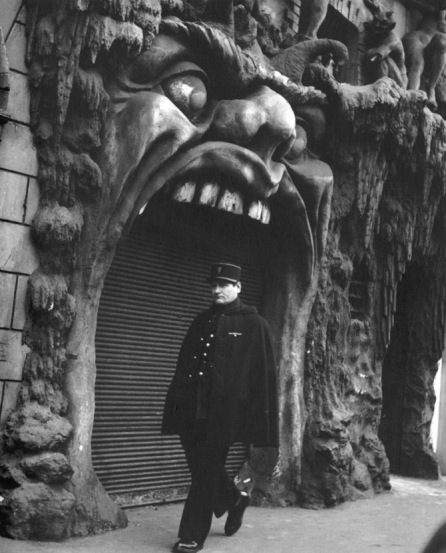
Robert Doisneau
 Henri Cartier-Bresson
Henri Cartier-Bresson
 Elliott Erwitt
Elliott Erwitt
These are images that trigger a pleasurable emotion such as when we smile at the visual joke created by the juxtaposition of the subject and background or are amused by the contrasts or patterns.
There is usually one theme or pattern and all the elements are visible in the frame without leaving much to the imagination. The answer is given, no questioning involved, so the impact diminishes with time. In other words the more we look at it the less strong the emotion becomes. A funny story becomes less funny with time.
- 3rd level of street photography
Emotion: Surprise
Cognitive friction: Medium
 Robert Doisneau
Robert Doisneau
 Henri Cartier-Bresson
Henri Cartier-Bresson
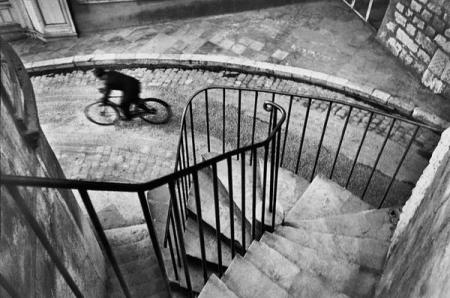 Henri Cartier-Bresson
Henri Cartier-Bresson
In these images all elements are visible but displayed in a way that they elicit strong curiosity or questioning. The viewer has to work a little bit to figure it out because they find something unexpected in the frame. Images that have “layering” or different scenes in the same frame, and images with peak gestures captured at the right exact moment are an example of this type of photographs.
- 4th level of street photography
Emotion: Distress
Cognitive friction: High
Robert Frank
Lee Friedlander
 Robert Frank
Robert Frank
These images triggeremotions such as confusion or fear, sometimes anger or sadness. Images that trigger confusion or fear usually have missing elements in the frame or they are only partially visible, missing or distorted. Shadows and blur are common.
- 5th level of street photography
Emotion: Mixed (usually combination of 3 and 4)
Cognitive friction: Highest
 Henri Cartier-Bresson
Henri Cartier-Bresson
 Henri Cartier-Bresson
Henri Cartier-Bresson
Robert Frank
The combination of the elements in the frame triggers different emotions at the same time. These are powerful images, not easy to create yet the masters seem to have done it almost routinely. This is what Meyerowitz and Winogrand called tough images, “tough to like, tough to see, tough to make, the tougher they were the more beautiful they became”.
Street photography editing framework
As I said at the beginning, this is just a framework to help me categorize and decide what images have a better impact. I realized in the process that it also helps me when I’m shooting. To summarize and to make things easier to use as an editing (or shooting) tool:
Images in Level 1 and 2
• Impact diminishes with time
• Appeals to most audiences
• Works mostly at the conscious level
• Are “safe”
• Higher chance of being “liked”
Images in Level 3 to 5
• Impact persist or gets stronger with time
• Make you work for it
• Not for the regular audience
• Pierce the subconscious
• Are risky
• Higher chance of being disliked
I am aware that the whole thing is a subjective process and because it is based on emotions it will vary greatly from person to person. It is a starting point. I also realize that the images I used as examples can move from one level to the other very easily.
I started using these new system and so far the main result is that I don’t like any of my photographs! Not the result I was hoping for, but maybe that’s a good thing. All it means is that I have to go grab my camera and go out for a walk.
Source: Out For A Walk – Street Photography Blog by Juan Jose Reyes.
Find more street photography tips in our SVP-Forum.
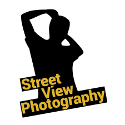
 Follow
Follow
